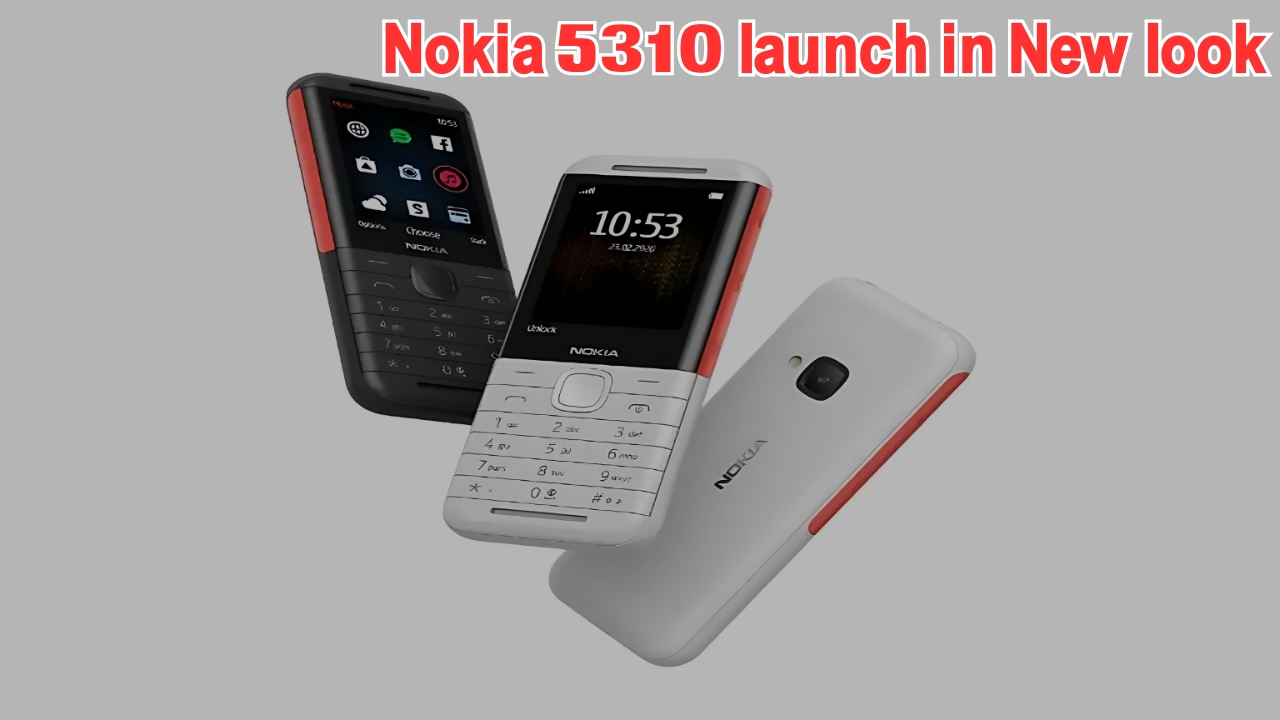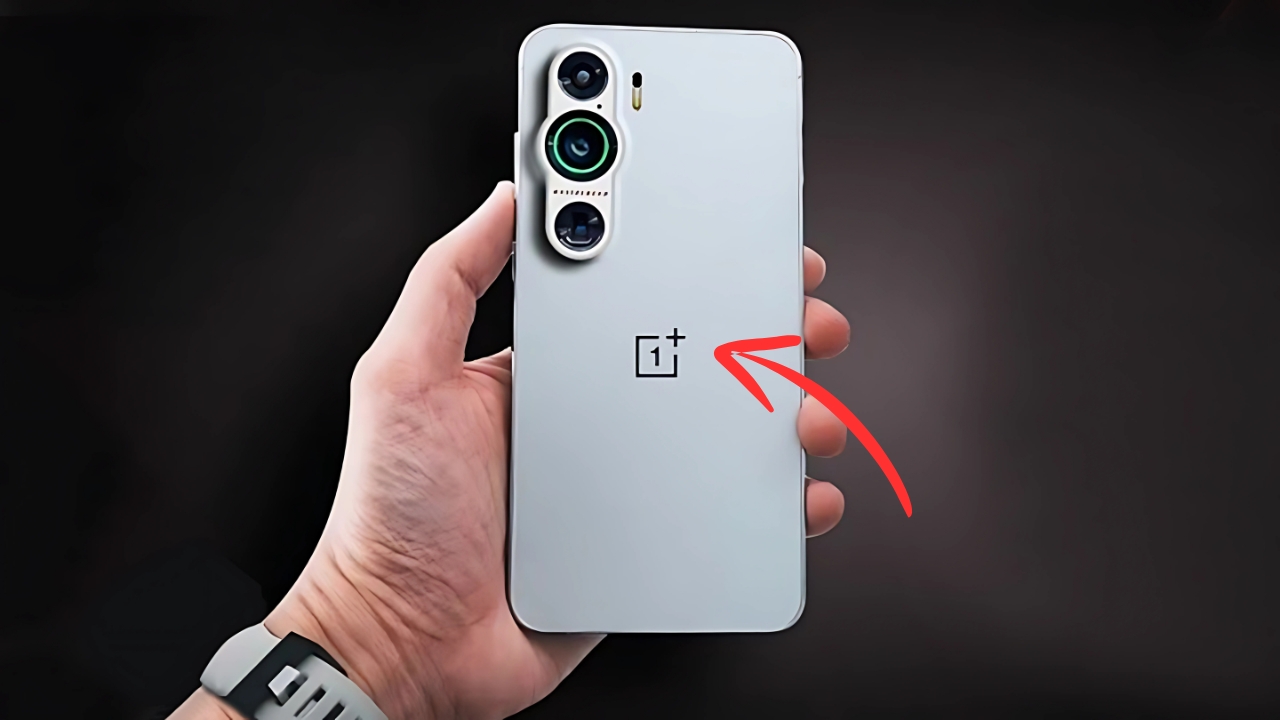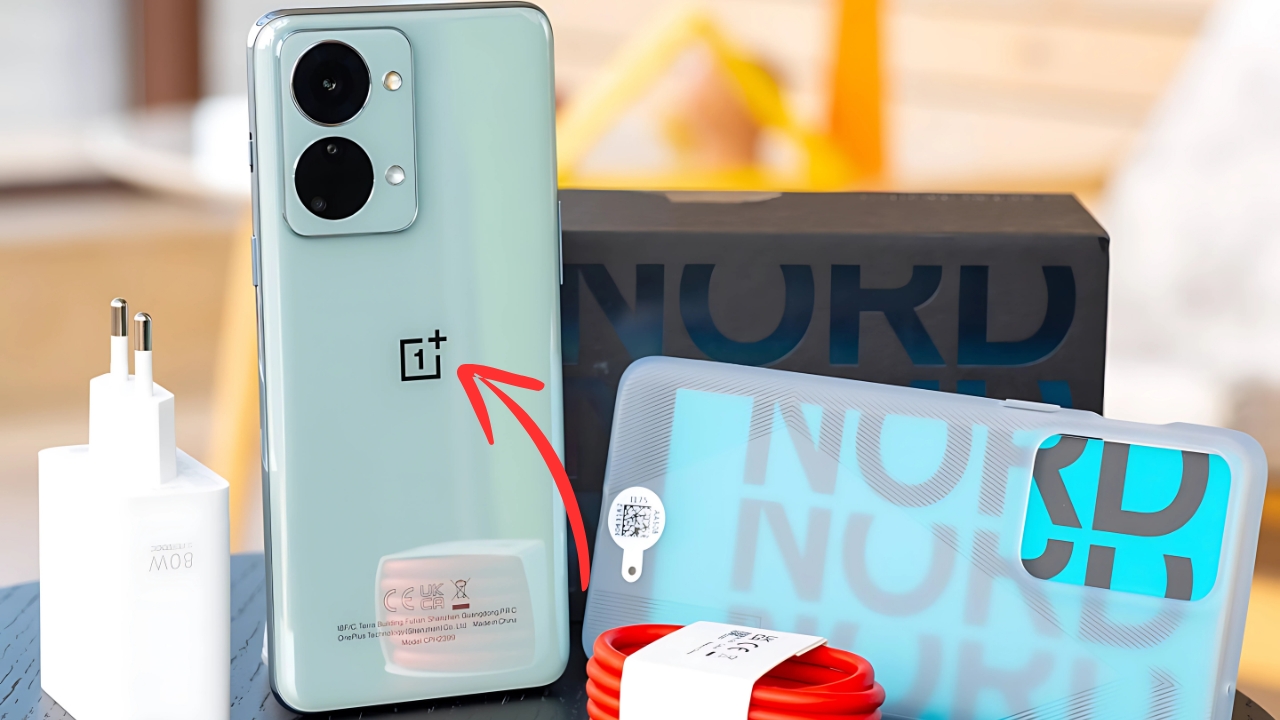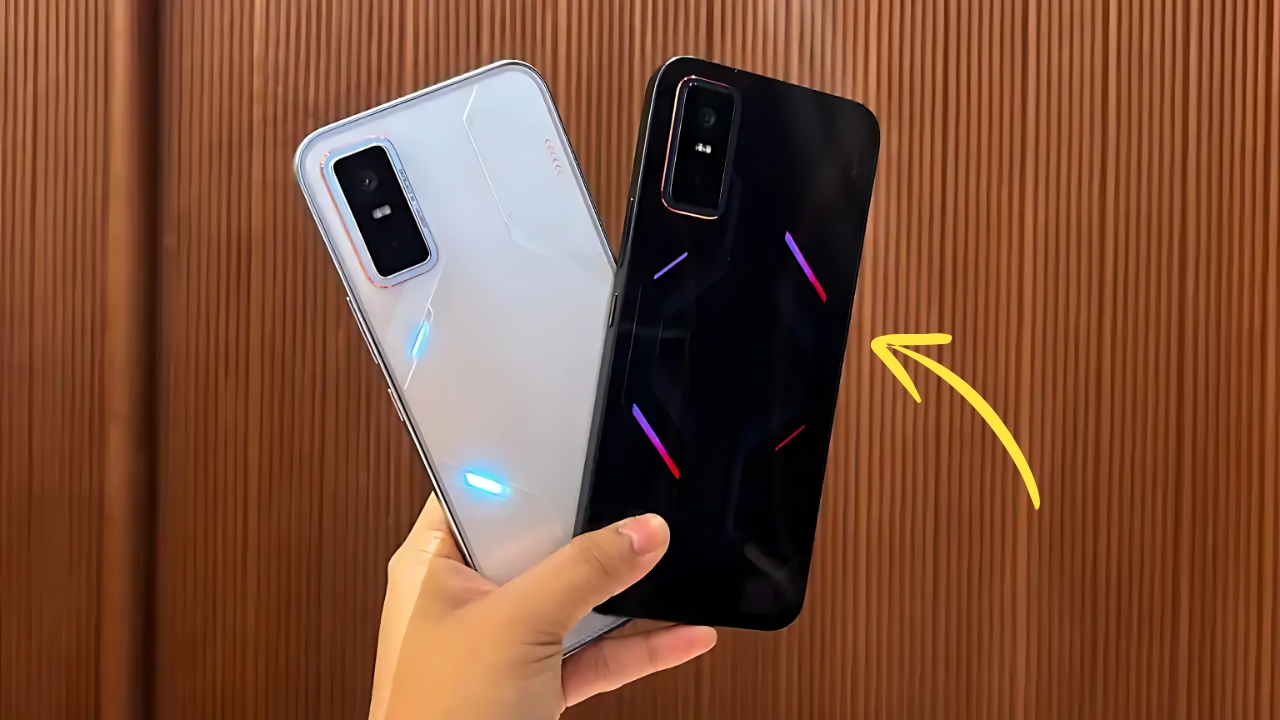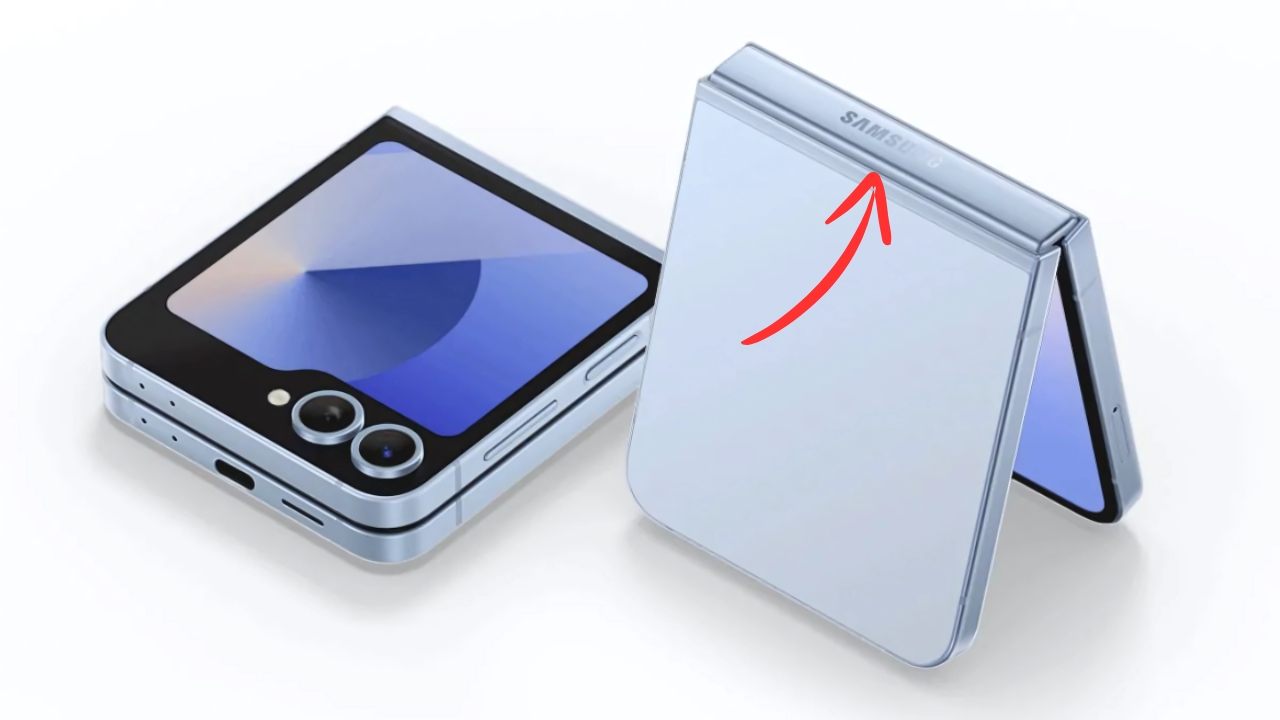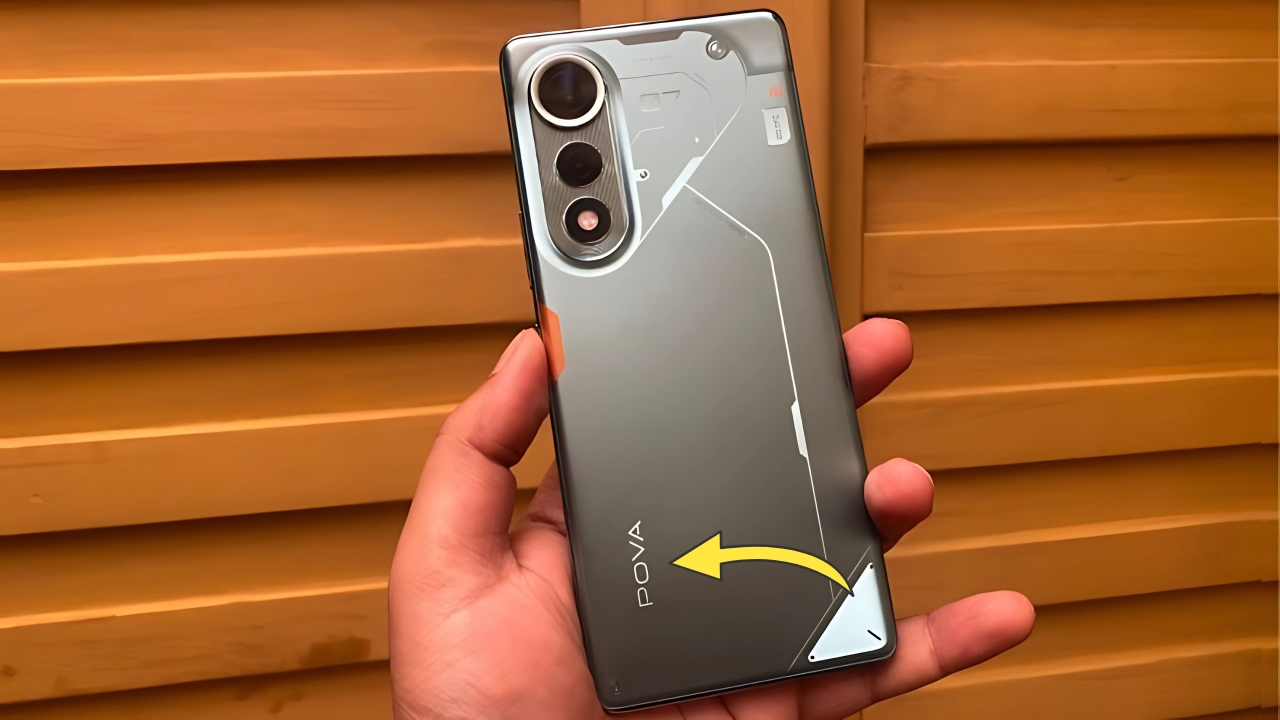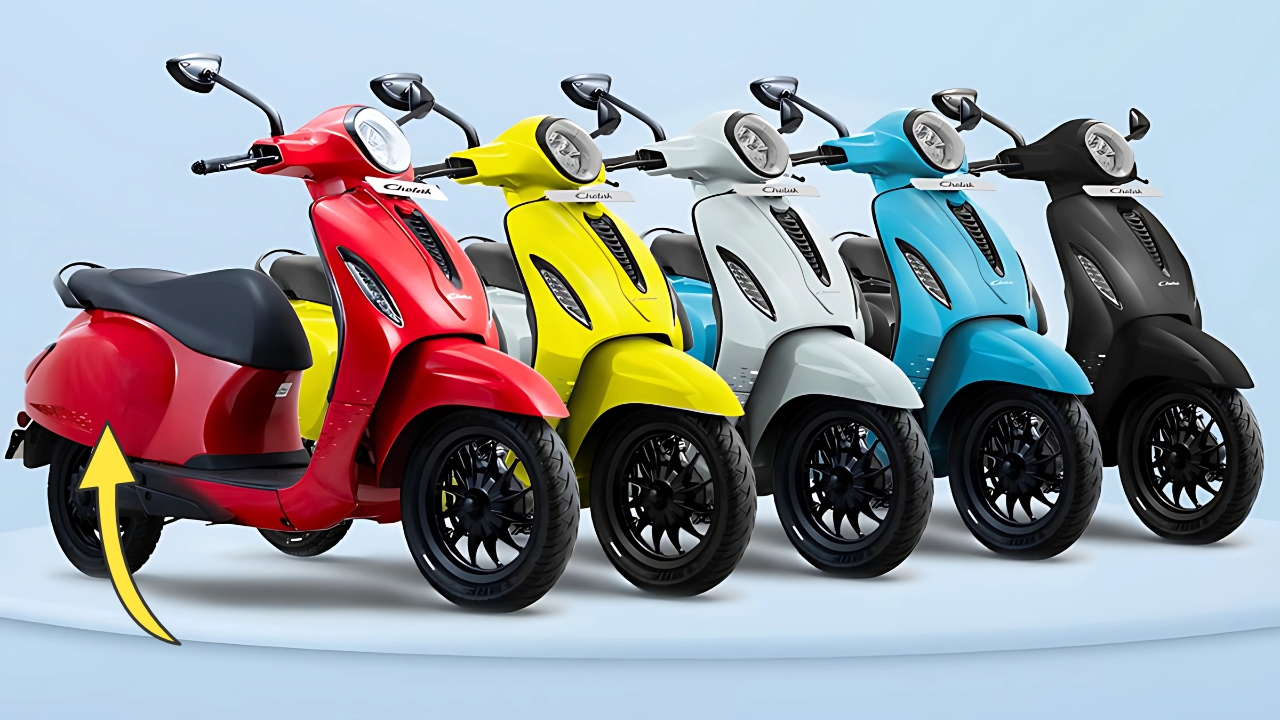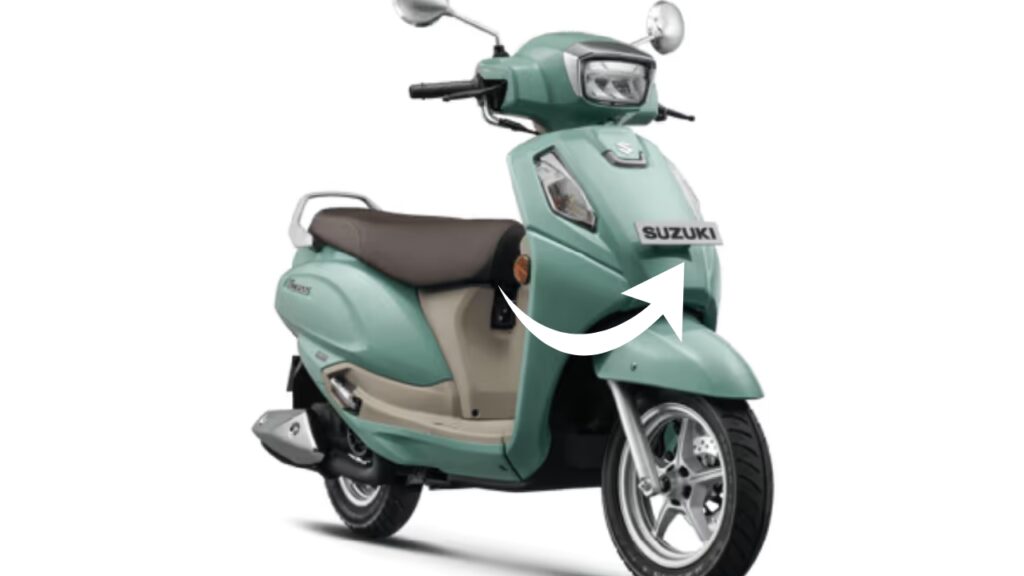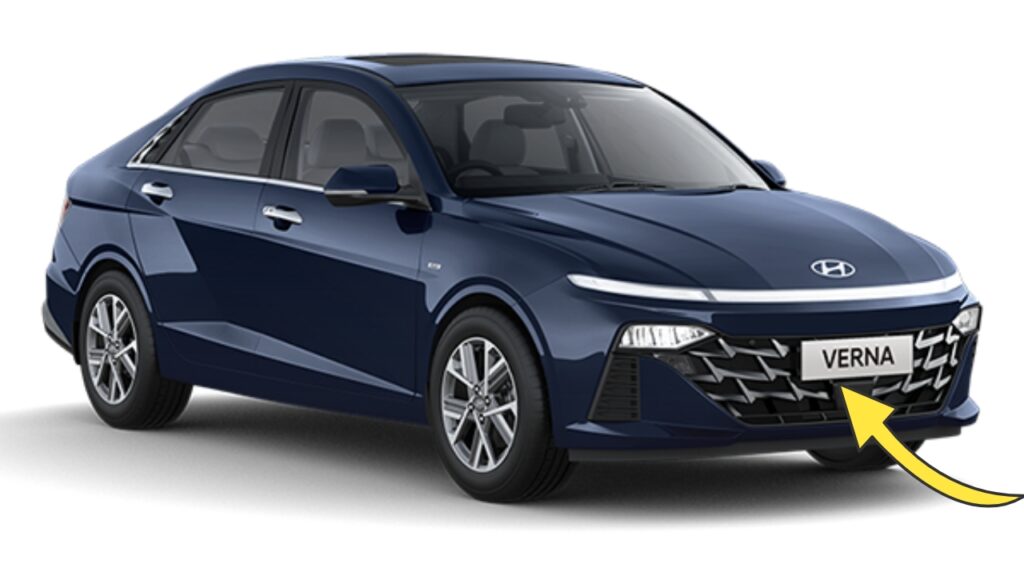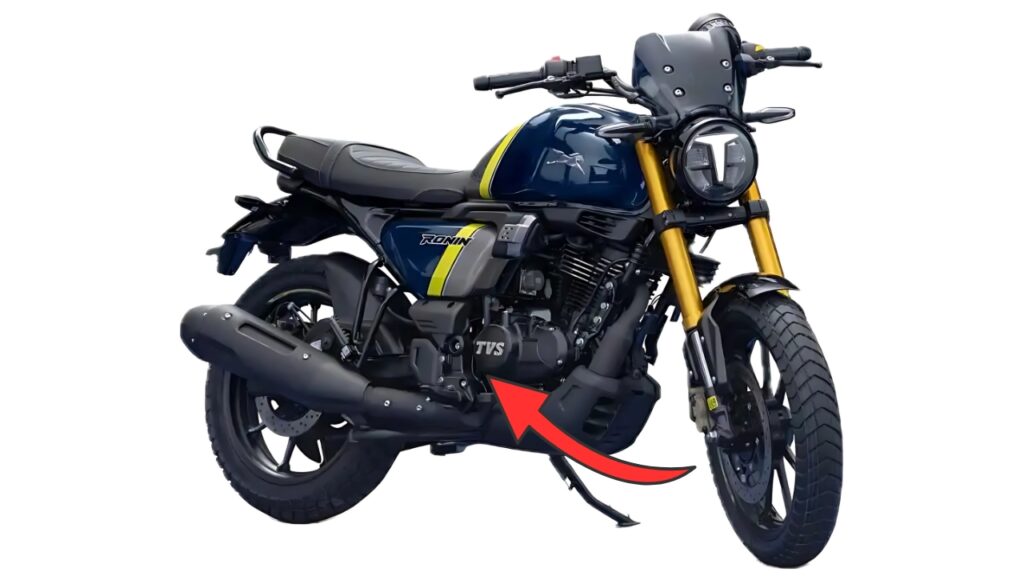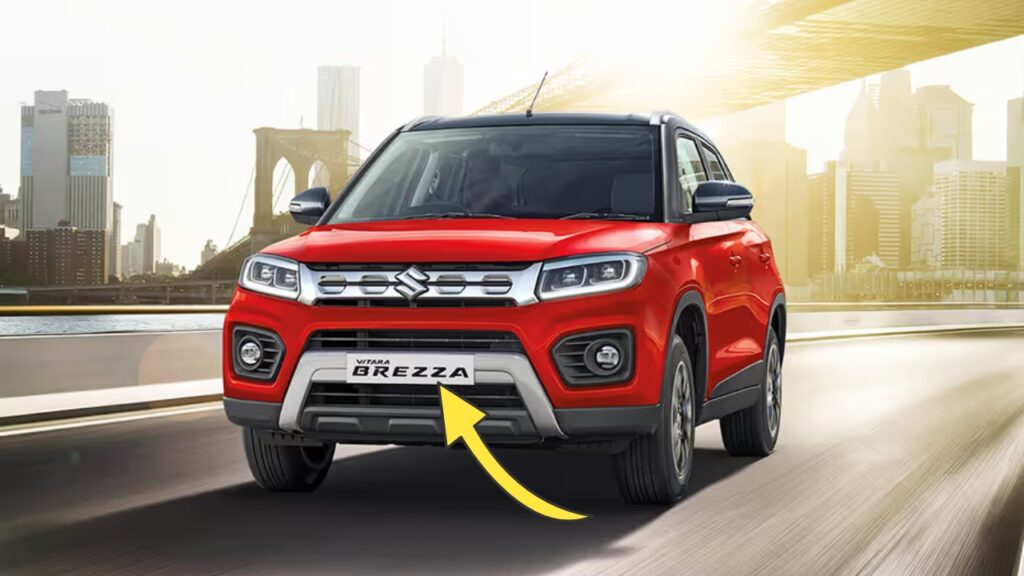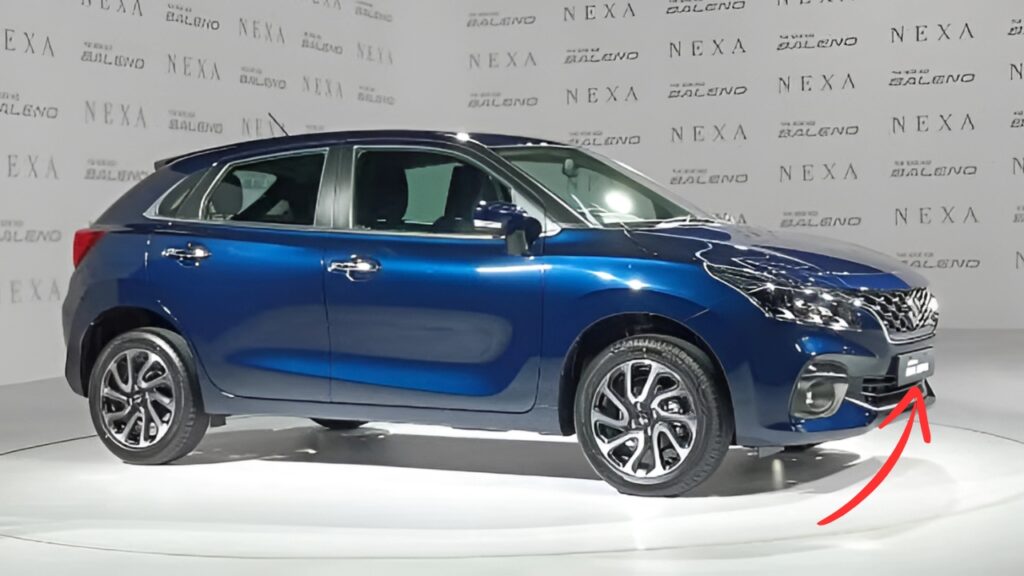The Nokia 5310 XpressMusic stands as one of Nokia’s most memorable feature phones, launched in 2007 during the height of the Finnish company’s dominance in the mobile phone market.
This slider phone carved out a unique niche by positioning itself as a music-centric device, arriving at a time when dedicated MP3 players like the iPod were still extremely popular and smartphones were just beginning to emerge.
Design and Build Quality
The Nokia 5310 featured Nokia’s signature build quality wrapped in a compact slider form factor. Measuring just 103.8 × 44.7 × 9.9 mm and weighing 71 grams, it was remarkably portable and comfortable to hold.
The phone’s design language was distinctly modern for its time, featuring clean lines and a minimalist aesthetic that would influence Nokia’s design philosophy for years to come.
The slider mechanism felt solid and satisfying, with the phone extending to reveal a traditional T9 keypad beneath the screen.
The overall construction used high-quality plastics that felt premium despite the phone’s mid-range positioning in Nokia’s lineup.
The device was available in several color variants, including the classic black and red combination that became synonymous with the XpressMusic brand.
Display and Interface
The Nokia 5310 featured a 2-inch TFT display with a resolution of 240 × 320 pixels, delivering 65,536 colors. While modest by today’s standards, this screen was perfectly adequate for its intended use cases in 2007.
The display was bright enough for outdoor use and provided clear visibility of the phone’s interface, contact information, and basic media playback controls.
The user interface ran on Nokia’s Series 40 platform, which was known for its reliability and ease of use. Navigation was intuitive, with dedicated music controls prominently featured throughout the interface.
The menu system was logically organized, making it easy for users to access their music library, radio, and other multimedia features.
Music Features and Audio Quality
The standout feature of the Nokia 5310 was undoubtedly its music capabilities. Nokia marketed this device specifically as a music phone, and it delivered on that promise in several ways.
The phone included dedicated music playback controls on the front face, allowing users to play, pause, skip tracks, and adjust volume without opening the slider or navigating through menus.
Audio quality was impressive for a phone of this era and price point. The device supported multiple audio formats including MP3, AAC, eAAC+, and WMA, ensuring compatibility with most users’ existing music libraries.
The included stereo headphones provided decent sound quality, though many users opted to upgrade to higher-quality alternatives.
The Nokia 5310 also featured an FM radio with RDS support, allowing users to listen to local radio stations and view station information. This was particularly valuable in markets where radio remained a primary source of entertainment and news.
Camera and Multimedia
While music was the primary focus, the Nokia 5310 included a 2-megapixel camera capable of capturing decent photos for its time.
The camera featured digital zoom and could record video at QCIF resolution. Though basic by contemporary standards, these multimedia capabilities made the phone versatile enough for everyday use beyond just music playback.
The phone’s multimedia capabilities extended to basic gaming, with several pre-installed games and support for Java-based applications. While not a gaming powerhouse, it provided sufficient entertainment options for users during downtime.
Connectivity and Storage
The Nokia 5310 supported quad-band GSM connectivity, ensuring global compatibility. It included GPRS and EDGE for basic data connectivity, though this was primarily used for simple web browsing and basic online services rather than streaming or social media as we know them today.
Storage was provided through a microSD card slot, supporting cards up to 2GB initially, though later firmware updates extended this capacity.
This expandable storage was crucial for the phone’s music functionality, allowing users to carry substantial music libraries despite the device’s compact size.
Battery Life and Performance
One of the Nokia 5310’s strongest points was its exceptional battery life. The removable 860 mAh battery could provide up to 18 hours of music playback or 3 hours of talk time.
In standby mode, the phone could last for days, making it incredibly reliable for users who needed consistent communication capabilities.
Performance was smooth and responsive, with the Series 40 platform providing stable operation and quick menu navigation. The phone rarely experienced the crashes or slowdowns that plagued some early smartphones of the era.
Nokia 5310 launch in New look
The Nokia 5310 XpressMusic represented Nokia at its innovative peak, demonstrating the company’s ability to identify and serve specific market niches.
It bridged the gap between traditional feature phones and emerging smartphones, offering multimedia capabilities that satisfied users who wanted more than basic communication but weren’t ready for the complexity and cost of early smartphones.
The device’s focus on music playback influenced numerous subsequent Nokia models and demonstrated that specialized feature phones could compete effectively against dedicated devices like MP3 players. Its success helped establish the XpressMusic brand as a recognizable sub-category within Nokia’s portfolio.
Today, the Nokia 5310 is remembered fondly by mobile phone enthusiasts as an example of Nokia’s engineering excellence and market insight during the company’s golden era.
